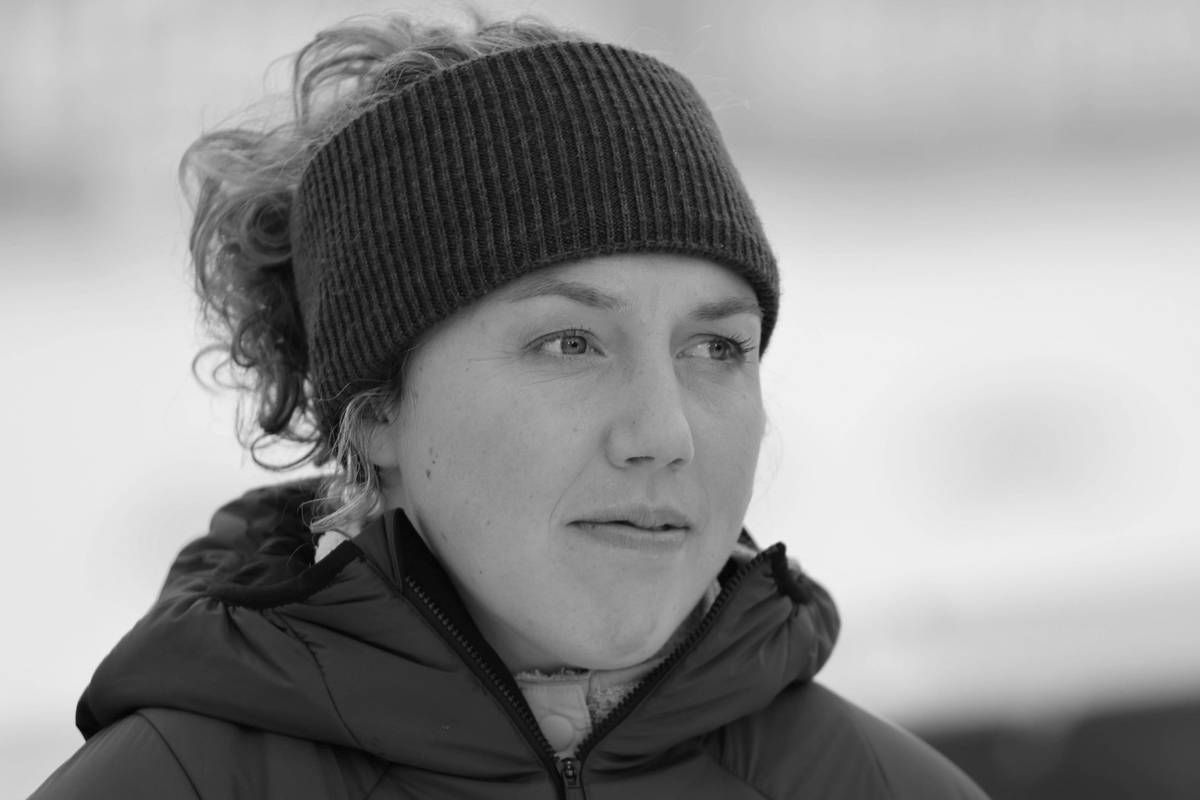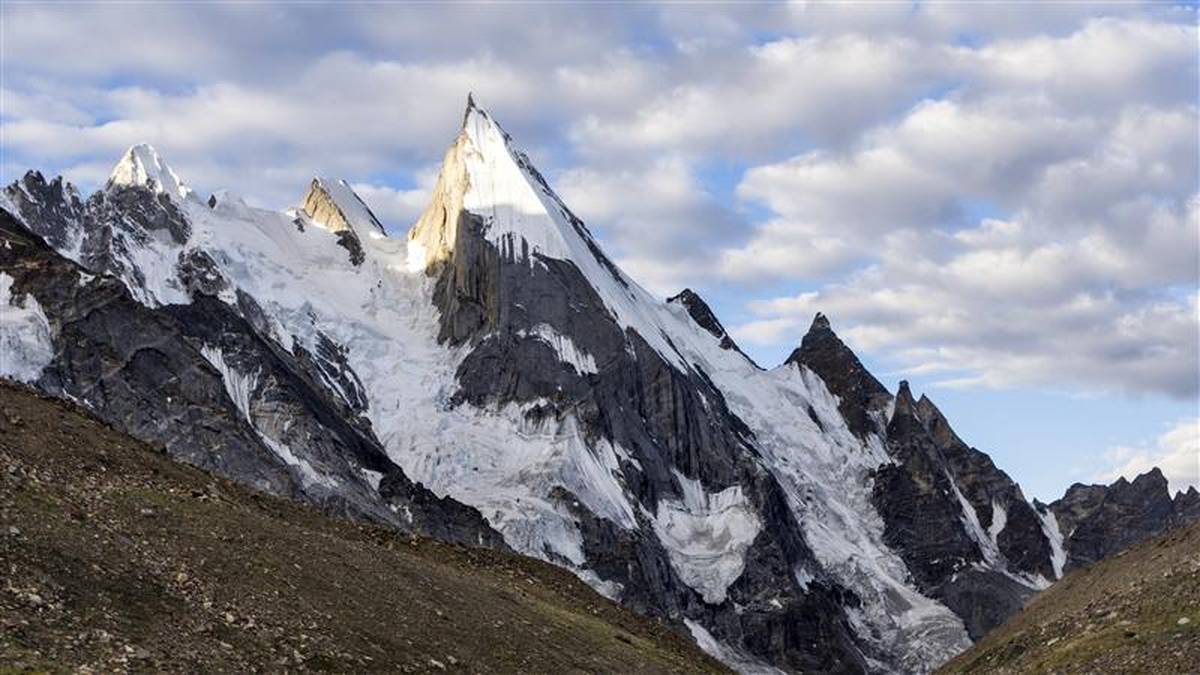
A recovery of the deceased Laura Dahlmeier has not been possible so far. An expert explains why the former biathlon queen cannot be reached even with a helicopter.
Since the news broke that Laura Dahlmeier had already had an accident on Laila Peak in Pakistan on Monday, the sports world has been worried about the German Olympic champion, and on Wednesday there was sad certainty: the 31-year-old was declared dead. Several recovery attempts had previously failed. An expert explains what makes such an undertaking so difficult.
“Laila Peak is extremely steep, the terrain very exposed,” describes Kari Kobler, former expedition leader and mountaineering legend, in an interview with the Swiss Blick and refers to a particular difficulty in this area: “A helicopter landing is simply impossible there.”

Biathlon queen Laura Dahlmeier died in an alpine accident on Laila Peak
Why Dahlmeier was not recovered by helicopter
The Swiss has not only reached the summit of Mount Everest six times, but also climbed K2, which, like Dahlmeier’s mountain of misfortune, is located in the Karakoram Mountains, and knows that another circumstance makes things even more difficult here: In Pakistan, only military helicopters are used – these are specialized in transportation and not intended for rescue purposes.
That is why a so-called long-line rescue, as is common in the Alps, cannot be carried out at all. “The pilots don’t risk their lives and often can’t because they don’t have the necessary training,” explains Kobler: “The systems, the training – and also the infrastructure – are missing.”
For a long-line rescue, a helicopter must hover over the scene of the accident, and materials or people are transported on a cable up to 80 meters long. That would not have been possible in Dahlmeier’s case.
“With the means available on site, there was simply nothing to be done,” Kobler states: “Without a long line, she would not have been brought down alive.” Dahlmeier’s management had also previously confirmed that an aerial recovery was not possible “due to technical and rescue-technical limitations of the helicopter.”
“To assume Laura Dahlmeier’s immediate death”
As explained in the official statement on Wednesday, “Laura Dahlmeier’s immediate death” was to be assumed directly after the accident on Monday. Her rope partner had apparently tried to recover the injured woman herself before having to stop “due to the severity of the terrain and the continuing rockfall.”
“After the rope partner could no longer perceive any signs of life, she decided to withdraw from the danger zone and descend further during the night,” the statement said.
On the morning of July 29, Dahlmeier was then spotted during an overflight of a military helicopter, but no signs of life were visible.
Biathlon legend should still be recovered
At Dahlmeier’s request, no recovery should take place if it would endanger the lives of other people. “It was Laura Dahlmeier’s express and written will that in a case like this, no one should risk their lives to recover her,” her management explained.
The Alpine Club of Pakistan (ACP) and local authorities still want to carry out the recovery at a later date, “as soon as conditions allow safe access to the site,” reports the Associated Press of Pakistan.